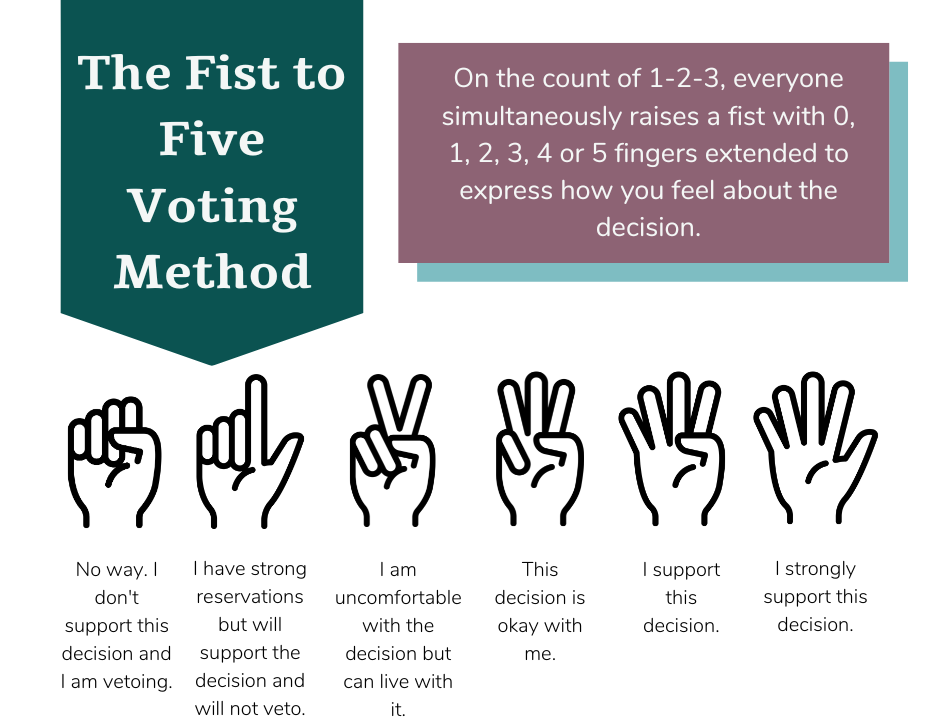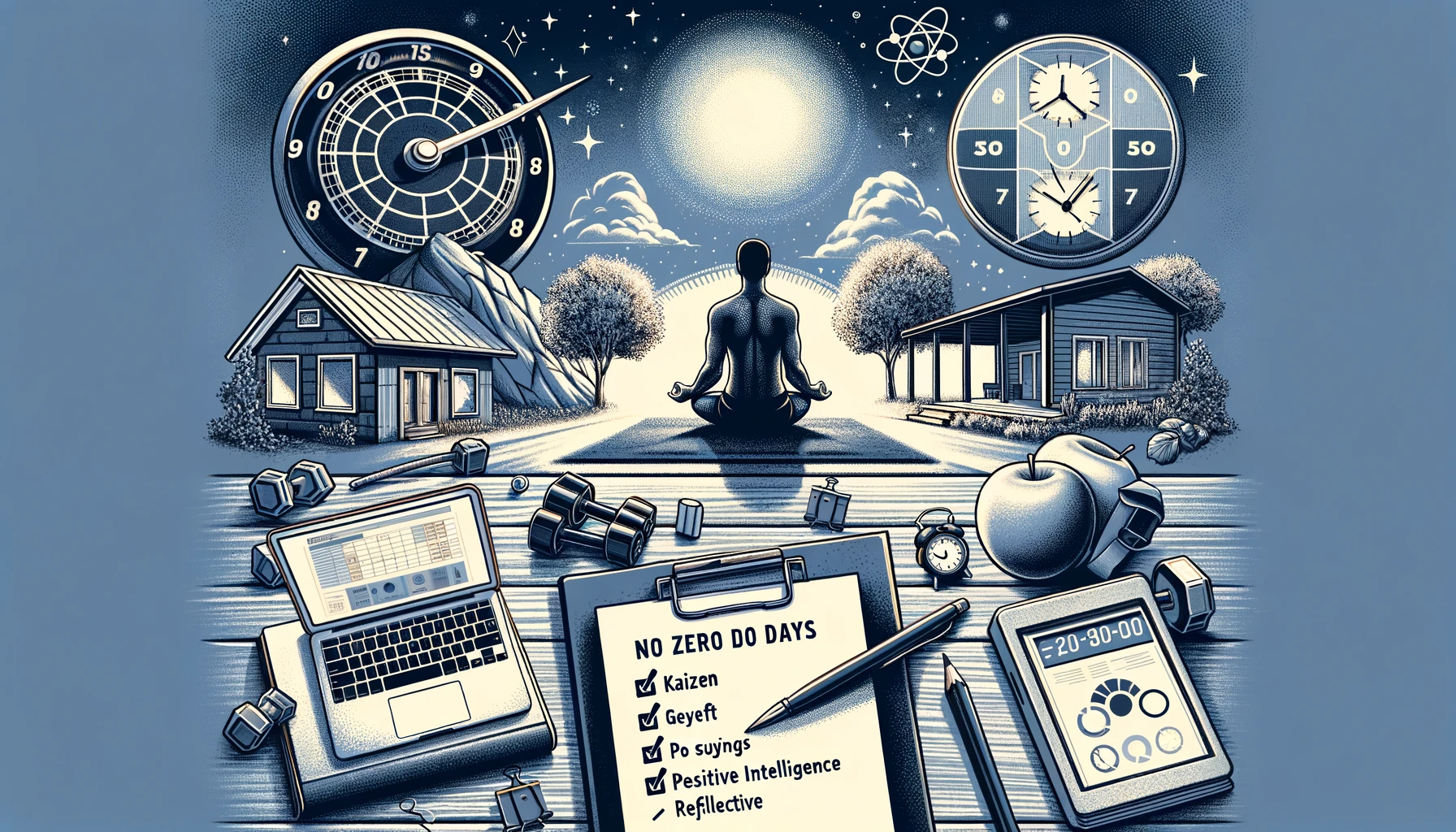
PMI Global Recap Series - Navigating Conflict for Project Success: Key Insights and Strategies
Turning Conflict into Collaboration: Strategies for Lasting Project Success

In the latest installment of my PMI Global Recap Series, I’m delving into the topic of conflict management, an often misunderstood yet essential skill in project management. During Dr. Steve Martin’s session, "Navigating Conflict like a Pro for Better Project Outcomes," he highlighted how conflict, when managed effectively, can become a powerful driver for collaboration and growth. One of the session’s key takeaways was recognizing that each conflict situation requires a tailored approach, guided by an understanding of our own default conflict style.
Why Conflict Matters in Projects
Conflict in projects is inevitable. Left unaddressed, it can cost organizations billions in disruptions, reduced morale, and lower quality outcomes. Dr. Martin underscored that understanding the root causes of conflict—whether they stem from communication gaps, differing perspectives, or high-pressure deadlines—allows us to approach conflict with a problem-solving mindset rather than avoidance or escalation. With the right strategies, we can transform potential disruptions into constructive conversations that drive better project outcomes.
Understanding Your Default Conflict Style
One of the highlights of the session was Dr. Martin's exploration of the Thomas-Kilmann Conflict Styles Inventory (TKI), a model categorizing conflict styles as Avoiding, Accommodating, Competing, Compromising, and Collaborating. Each style has its strengths and appropriate contexts, but understanding your default style can help in recognizing both when it’s beneficial and when a different approach may serve the project better.
For instance:
- Collaborating seeks a win-win solution by exploring multiple perspectives, fostering trust, and dedicating time to reach consensus.
- Compromising finds a middle ground, balancing different interests when all parties have equal influence.
Dr. Martin emphasized that conflict resolution requires flexibility; knowing when to shift from collaboration to accommodation, or from compromise to a more assertive approach, is a critical skill in project management.
A Personal Lesson: Balancing Collaboration and Accommodation
I recall a challenging project where the TKI model could have transformed my approach. We were developing a product heavily reliant on customer insights to ensure market fit, but the direction I received from leadership and a vocal department was to sideline these insights in favor of what internal sales executives wanted. This push contradicted the feedback we’d gathered from customers, yet I chose to accommodate the directive rather than risk internal friction by advocating for our established process.
Looking back, I recognize that I was, in effect, avoiding the root issue—misalignment between our product and customer needs—by taking a compromising stance instead of fostering a collaborative dialogue. I saw firsthand the results of accommodating internal expectations over market insights: gaps between user needs and the product’s functionality that ultimately required rework and additional adjustments. This experience mirrored similar situations in my military career, where senior leaders, often removed from day-to-day operations, would make decisions that perpetuated cycles of inefficiency.
Upon Reflection: A Better Path Forward
In hindsight, I would approach the situation differently. Rather than avoiding potential friction through accommodation, I would prioritize collaboration by bringing customer insights to the forefront. Here’s what that would look like:
- Presenting clear, data-driven evidence of customer needs, showing how these insights directly impact the product’s market success.
- Facilitating discussions between departments to help stakeholders understand the value of creating a product that genuinely aligns with user expectations.
- Balancing compromise and collaboration—working to align internal goals with market needs while advocating for proven processes to ensure long-term success.
Choosing a collaborative path takes more time and assertiveness, but it ultimately strengthens the project, builds trust, and prevents cycles of rework. The experience underscored the importance of knowing when to move from accommodation to a collaborative approach, and how critical it is to weigh immediate benefits against long-term project integrity.
Applying Conflict Styles for Constructive Outcomes
Dr. Martin provided practical techniques for managing conflict within project teams. For example, establishing ground rules and psychological safety in meetings helps team members feel comfortable sharing insights and concerns openly. Techniques like structured brainstorming and Fist to Five voting allow for collaborative decision-making, helping teams reach a well-considered consensus.

This approach transforms conflict resolution from a reactive response into a proactive strategy. When we address conflicts transparently and invite open input, we foster an environment where team members feel heard and valued, reducing the likelihood of simmering tensions escalating.
Data-Driven Conflict Resolution
Effective conflict management also benefits from data-driven insights. Understanding conflict patterns—such as identifying project phases that trigger frequent disputes or relationships that may cause friction—allows for preventive action. By gathering and analyzing data on conflict occurrences, leaders can implement strategies tailored to anticipate and mitigate issues before they become disruptive.
Building a Culture of Respect and Trust
Dr. Martin’s session reinforced the idea that respect and trust are at the foundation of effective conflict resolution. By creating a culture where diverse perspectives are welcomed, project managers can transform potential friction into opportunities for innovation and problem-solving. In this way, conflict becomes less about who’s right and more about finding solutions that serve the project’s objectives.
Key Takeaway: Conflict in projects is inevitable, but by understanding and applying the right conflict management style, we can turn challenges into opportunities for growth. Reflecting on our default styles and choosing when to collaborate, accommodate, or compromise can significantly impact project outcomes. Building a culture of respect, openness, and data-driven insight is crucial to navigating conflict effectively.
Call to Action: Stay tuned for more insights from the PMI Global Recap Series. How do you approach conflict in your projects? Let’s discuss strategies that help teams thrive in the face of disagreement.








